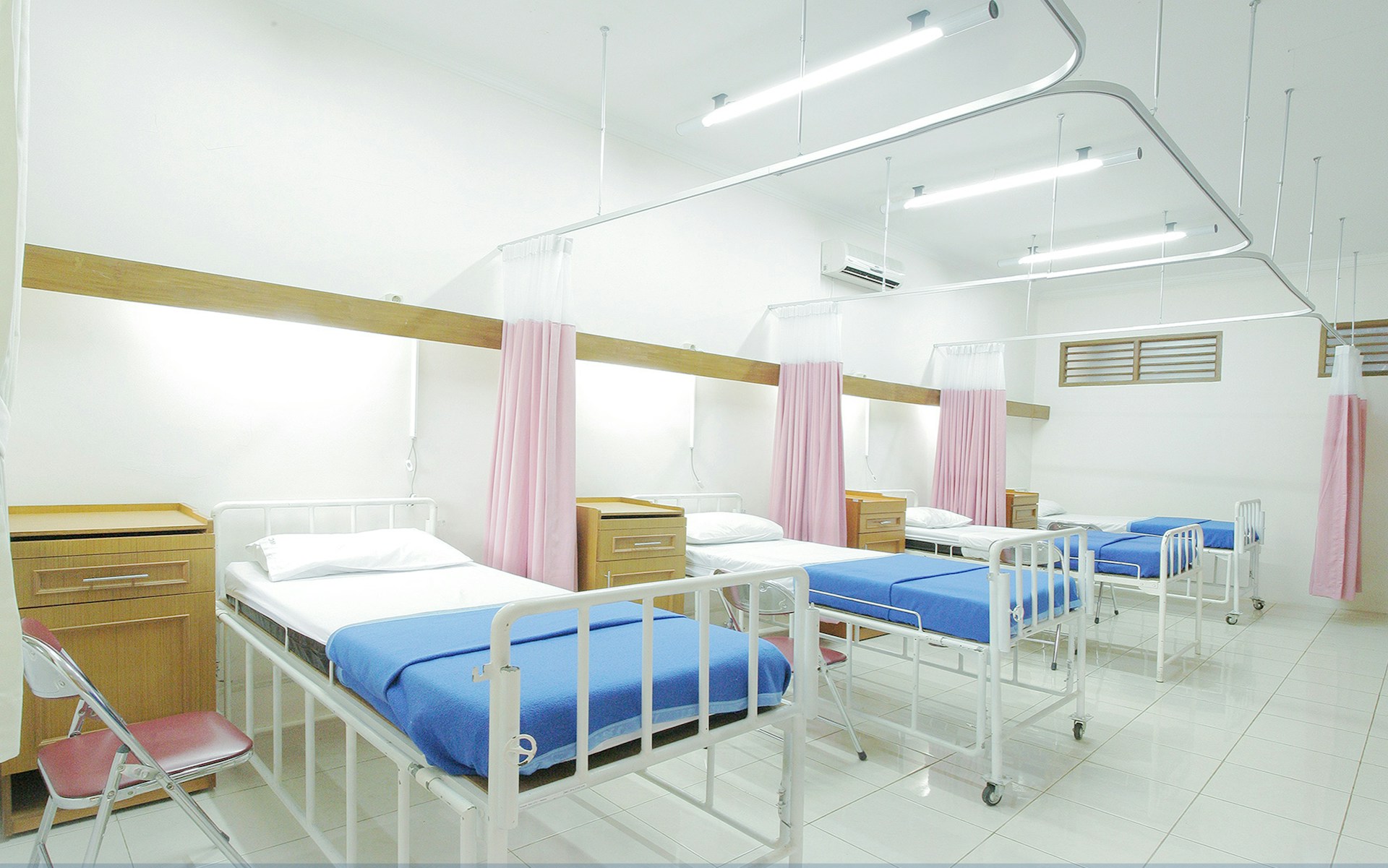Sterile Processing Departments (SPDs) play a vital role in ensuring the availability of sterilized instruments and equipment for healthcare facilities, directly impacting patient throughput, safety and care quality. However, traditional SPD workflows often suffer from operational inefficiencies, compromising productivity and health compliance. Fortunately, the integration of Real-Time Location Services (RTLS) technology is revolutionizing SPD operations, bringing in a new era of enhanced visibility, streamlined processes, and improved patient outcomes.
Roadblocks to traditional SPD Workflows
Traditional SPD Workflows have long grappled with a myriad of challenges stemming from manual, error-prone processes. The tracking and documentation of instruments as they progress through the sterilization cycle are typically performed using pen-and-paper methods or outdated software solutions that have no connectivity. This reliance on manual data entry leads to documentation errors, making it difficult to maintain accurate inventory records and comply with rigorous sterilization guidelines. Additionally, the lack of real-time visibility into the status and location of critical instruments often results in delays, misplaced items, and inefficient utilization of resources – all of which can adversely impact patient care.
RTLS-Powered Instrument Tracking and Visibility
The integration of RTLS technology within the SPD environment provides a transformative solution to the above mentioned longstanding challenges. By equipping instruments, containers, and equipment with wireless RTLS tags, healthcare facilities can automatically track the movement and status of these assets throughout the entire sterilization process. This real-time visibility enables SPD teams to monitor the progress of instruments as they move through the various stages of cleaning, disinfection, packaging, and sterilization. Automated alerts and notifications can be configured to inform staff of critical events, such as the completion of a sterilization cycle or the need for instrument maintenance, ensuring compliance and minimizing the risk of errors.
Streamlining SPD Workflows and Enhancing Productivity
The seamless integration of RTLS technology into SPD operations yields significant productivity gains and process improvements. The automated tracking and documentation of instruments eliminate the need for manual recordkeeping, freeing up valuable staff time that can be redirected towards higher-value tasks. Moreover, the real-time visibility provided by RTLS enables SPD teams to optimize workflows, identify and address bottlenecks, and ensure the efficient utilization of resources. This, in turn, leads to improved throughput, reduced turnaround times, and enhanced responsiveness to the evolving needs of clinical departments.
Ensuring Compliance and Improving Patient Safety
Compliance with stringent sterilization protocols is of utmost importance in healthcare settings, as any lapses can have severe consequences for patient safety. RTLS technology plays a crucial role in reinforcing compliance by providing comprehensive tracking and documentation of the sterilization process. Automated alerts notify staff of any deviations from established protocols, such as missed or incomplete sterilization cycles, enabling immediate corrective actions. Furthermore, the enhanced visibility and traceability of instruments and equipment ensure that only properly sterilized items are utilized during medical procedures, reducing the risk of healthcare-associated infections and improving patient outcomes.
Integrating RTLS with Other Healthcare Systems
To fully leverage the capabilities of RTLS in transforming SPD operations, it is crucial to ensure seamless integration with other healthcare information systems. By connecting RTLS data with electronic medical records, surgical scheduling, and supply chain management platforms, healthcare organizations can create a comprehensive, data-driven ecosystem that supports informed decision-making, enhanced collaboration, and end-to-end visibility across the entire care continuum.
Conclusion
The integration of RTLS technology within Sterile Processing Departments has the power to revolutionize operations, improve compliance, and enhance patient safety. By automating the tracking and documentation of instruments, eliminating manual errors, and providing real-time visibility, RTLS empowers SPD teams to streamline workflows, optimize resource utilization, and deliver a higher standard of care. As healthcare organizations continue to embrace digital transformation, the adoption of RTLS in the SPD will become increasingly essential, paving the way for a more efficient, compliant, and patient-centric healthcare ecosystem.

